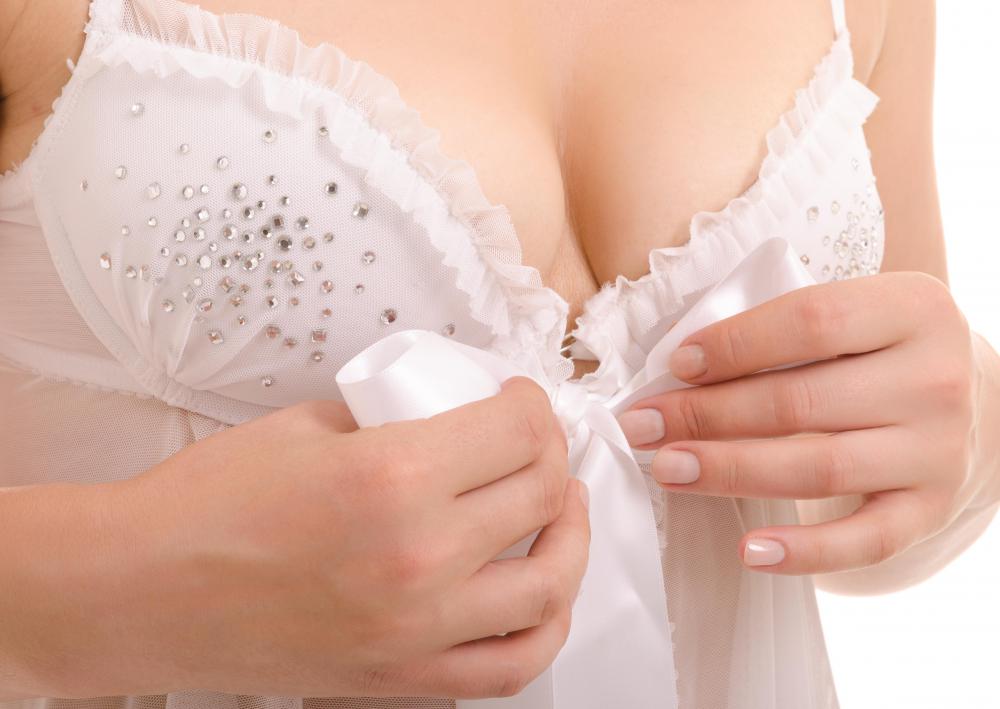At TheHealthBoard, we're committed to delivering accurate, trustworthy information. Our expert-authored content is rigorously fact-checked and sourced from credible authorities. Discover how we uphold the highest standards in providing you with reliable knowledge.
What is Gender Identity?
Gender identity is a complicated term, roughly corresponding to the core belief people have about what their gender is, and about what they’re entitled by society to do based on societal concepts regarding gender. Outward or genetic matching signs frequently confirm the core belief. A woman believing she is a woman has evidence of this by her chromosomal makeup (two x-chromosomes) and the fact that she possesses breasts and a vagina. Men have similar proof of their gender identity. Sometimes the matter gets much more confusing because core gender identity does not match chromosomes or the exterior, and this makes some people feel genderless or as though they are trapped in the wrong type of body.
There are still many questions about the way people form their gender identity. Chromosomes may influence some of it, and other parts of it may develop as children are born and grow. It is unclear why identity is so often associated with physical adult signs of a specific sex. Neither young boys nor young girls have breasts, pubic hair or more enlarged genitalia, and yet they may view these things as part of gender.

More clear is that once children develop their own gender identity, what that comprises is likely reinforced by the society from macrocosm to microcosm. Everyone in a society receives messages about roles of the genders, and these are likely to influence a person’s decisions on what is possible based on the traditional values about his or her gender. There are always people who break through the mold and do something not normally ascribed to the gender, and these people may either have a role in changing thoughts about gender, or they may be criticized for acting unwomanly or unmanly.

With many societies holding a fairly liberal attitude about the shifting roles of women and men, there are still challenges for people with different identity issues. One of the biggest challenges in more permissive societies is faced by those who have an unmatching gender identity from within and without. Either the desire to live without gender or the strong conviction that a person really is a different gender than his or her physical self can prove highly difficult. In Western societies this issue gets addressed with greater frequency, and given the wherewithal, a person who truly feels he or she is the wrong gender can undergo sexual reassignment surgery, removing evidence of one gender and creating evidence of the other.

Taking this step is not always received well by a person’s family or his society. Additionally, there are some inherent physical difficulties that can be an issue for some people, like taking hormones, which are generally not produced by that particular gender, in large supply. These transitions are very challenging, and clinics that offer surgery often require a certain amount of counseling before and after because sexual reassignment is disorienting and permanent. Some who take this step report satisfaction because inner sense of gender finally matches outward appearance.
AS FEATURED ON:
AS FEATURED ON:

















Discussion Comments
I have read several articles on gender and have yet to find anything that defines male and female. How would someone born with the anatomy of a male know he/she was actually female? Is talking about your feelings, having pink as a favorite color, and preferring knitting to football sufficient? I don't know how gender identify can be asserted without affirming stereotypes, which are often considered socially engineered rather than truly gender defining. Does anyone else see this as a major conflict?
@Mor - It's a tricky situation though. There are several countries in Europe where they are actively trying to ensure that gender isn't taught in schools. So, they carefully pick books that don't talk about gender and they refer to all the children by the same pronouns. This is supposed to promote equality between the sexes.
But, at the same time, people in these countries can face discrimination when they need gender reassignment. Until very recently, Sweden required people to be sterilized before they could undergo reassignment, for example.
I don't think the answer is to try and erase gender altogether. I think that it needs to be addressed in a more complex and open minded way.
@clintflint - I don't know if it's all that useful to look at gender identity sociology through a historical lens. I mean, there were just as many, if not more, cultures where atrocities were committed on people who dared to fall outside gender norms.
I think what's important is for people to realize that gender isn't that important now. In a modern world, we don't need to regulate the way people feel about it.
I've always been fascinated with cultures where there aren't just two genders, or where the two genders aren't solely prescribed by physical indicators.
There are some really beautiful pictures of elderly people in a culture where women sometimes took on the roles of men (I'm sorry, I can't remember the name of the culture) when there was no son to inherit property. I've seen the photos on the internet and I think it's important for us to remember that gender identity has always been a complex and flexible concept.
Post your comments